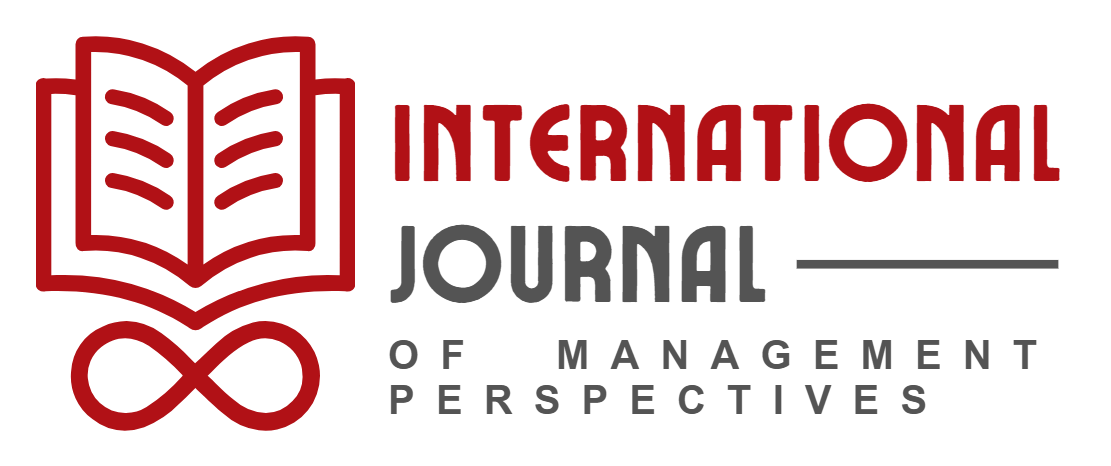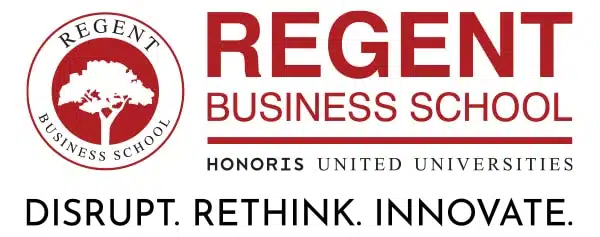In the diverse and dynamic landscape of South Africa, the digital divide is a glaring challenge impeding the progress of educational equity and societal advancement. This divide not only separates communities based on their access to technology but also impacts their ability to develop vital 21st-century skills. Echoing Nelson Mandela’s belief in the transformative power of education, Brandon Govender (Regent Business School’s Enrolment Manager) delves into strategies for integrating technology into education, fostering innovative thinking, and creating spaces for hands-on learning.
The digital divide in South Africa is multifaceted, encompassing not only the availability of technology but also access. While some schools in affluent areas boast state-of-the-art technology, numerous schools in underprivileged regions struggle with basic computer access – if they even have computers at all. This disparity is not just a matter of hardware; it extends to internet connectivity, digital literacy, and the quality of digital content. The consequences are far-reaching: students without access to technology are increasingly left behind, widening an already critical educational gap that echoes into the workforce and national development. Subject matter experts pointed out that the divide is a complex issue that extends beyond physical access to technology; it encompasses the quality of engagement with these digital tools.
A Devastating Impact on Education
The repercussions of this divide are profound. Students without access to technology are not only deprived of information but also of developing essential skills for the digital age. This gap can result in long-term educational and economic setbacks, hindering individual and national growth. This not only hampers their academic progress but also limits their future employment opportunities, perpetuating a cycle of inequality. The lack of digital literacy among teachers in disadvantaged areas compounds the problem, creating an environment where the full potential of educational technology remains untapped.
Strategies for Inclusivity
Addressing this divide requires a multifaceted approach. Initiatives like providing affordable devices, investing in internet infrastructure, and training teachers in digital literacy are crucial. This is where partnerships between government, private sectors, and NGOs can – and should – play a pivotal role in resource allocation. Policies need to focus not just on access but also on the relevance and quality of digital content to ensure it meets the educational needs of all learners.
Key strategies to this end include:
- Developing Robust Infrastructure: Implementing nationwide initiatives to ensure reliable internet connectivity and access to digital devices across all schools.
- Empowering Educators: Providing comprehensive training for teachers to integrate technology into their teaching methods effectively.
- Curriculum Reform: Updating the national curriculum to include digital literacy and 21st-century skills, ensuring students are prepared for the modern workforce.
- Fostering Public-Private Partnerships: Encouraging collaboration between government, private sector, and NGOs for resource sharing, expertise, and innovative solutions.
Academic Makerspaces and 21st-Century Skills
The establishment of academic makerspaces in schools is crucial for nurturing creativity, problem-solving, and innovation. These spaces allow students to engage hands-on with technology, fostering an environment of experiential learning and critical thinking. Makerspaces are not just about technology; they’re about cultivating a mindset of innovation and curiosity. Professor Ahmed Shaikh of Regent Business School pointed out that it is not possible to teach 21st century skills in a 19th-century learning environment.
Case Studies and Policy Recommendations
Examining successful initiatives provides insights into effective strategies. This project goes beyond digitalising classrooms; it’s about creating an ecosystem of learning that supports the development of critical thinking and problem-solving skills. Policies should encourage the proliferation of such initiatives and support the integration of technology in education.
The role of community in narrowing the digital divide must not be overlooked. Community-driven projects, like local tech hubs and after-school coding clubs, bring technology closer to students. Initiatives in this vein not only provide access but also foster an environment of digital inclusivity and empowerment. These grassroots efforts complement national strategies, ensuring widespread impact.
The Future of Education in South Africa – a Call to Action
The journey towards digital inclusivity is fraught with challenges such as funding constraints, resistance to change, and varying levels of infrastructure in different regions. Addressing these challenges requires a nuanced approach, including securing sustainable funding, fostering a culture of adaptability within educational institutions, and tailoring solutions to meet local needs.
In the context of a rapidly evolving global landscape, South Africa’s educational future hinges on its ability to successfully integrate technology into its education system. This integration is not just about providing tools; it’s about reshaping the educational experience to foster a generation of digitally literate, innovative, and adaptable individuals.
Addressing the digital divide in South African education is a multifaceted challenge that demands a concerted effort from all sectors of society. It is a mission that involves not just equipping schools with technology but also transforming the educational paradigm to nurture critical thinking, creativity, and problem-solving skills. The late Archbishop Desmond Tutu offered sound advice in this regard, “Do your little bit of good where you are; it’s those little bits of good put together that overwhelm the world.” This collective effort is crucial for paving the way towards a more inclusive, innovative, and prosperous educational future.


